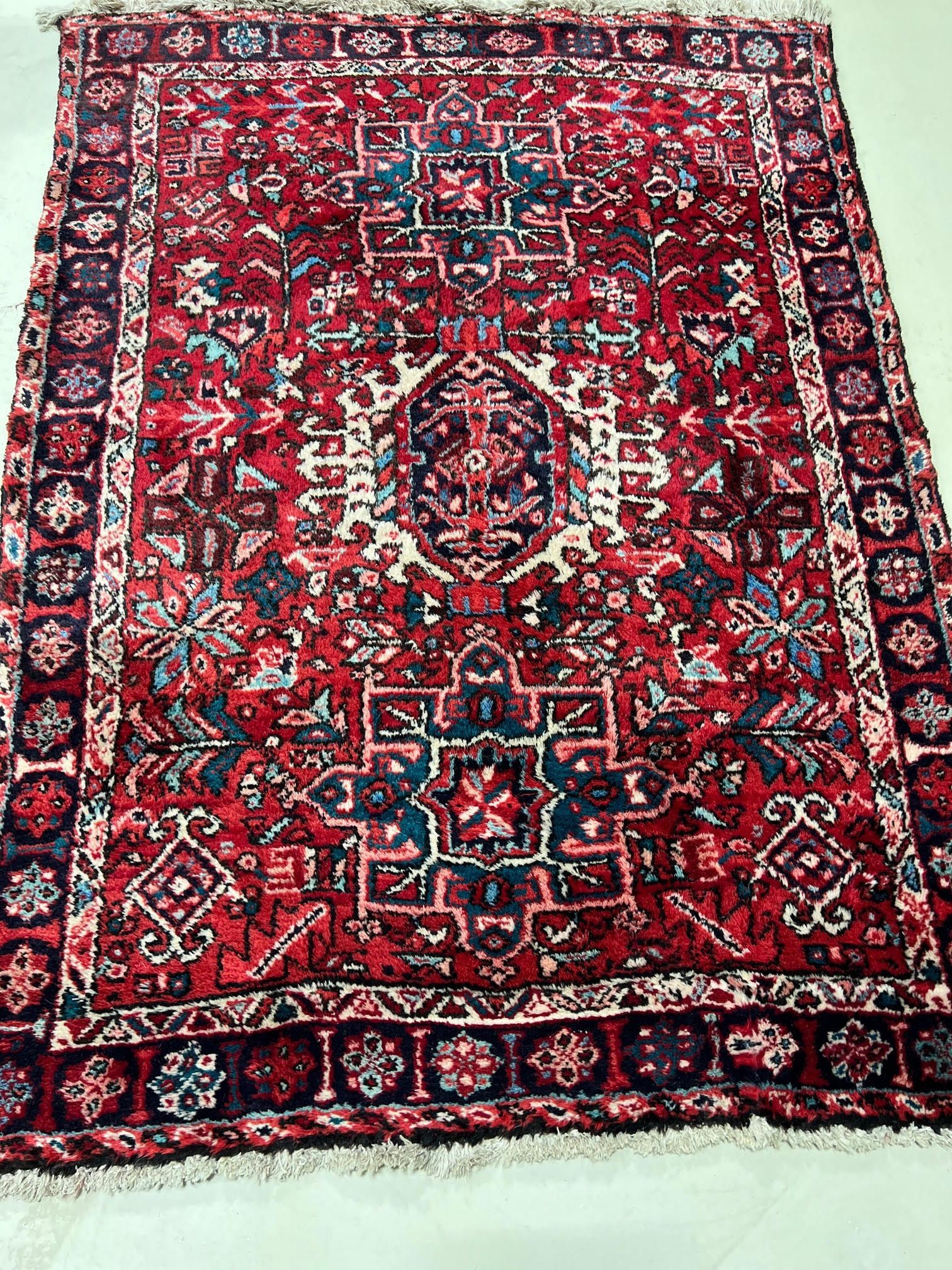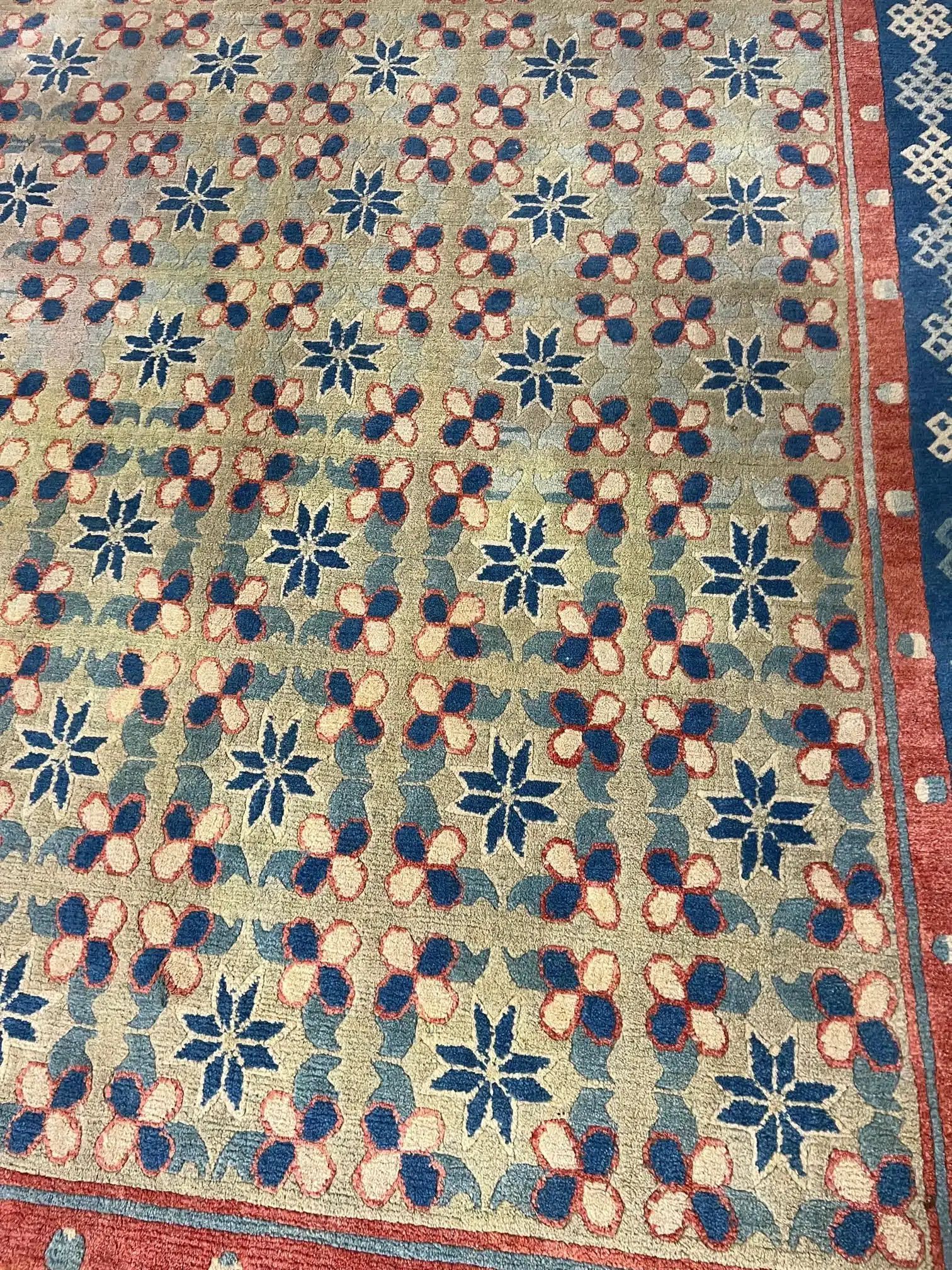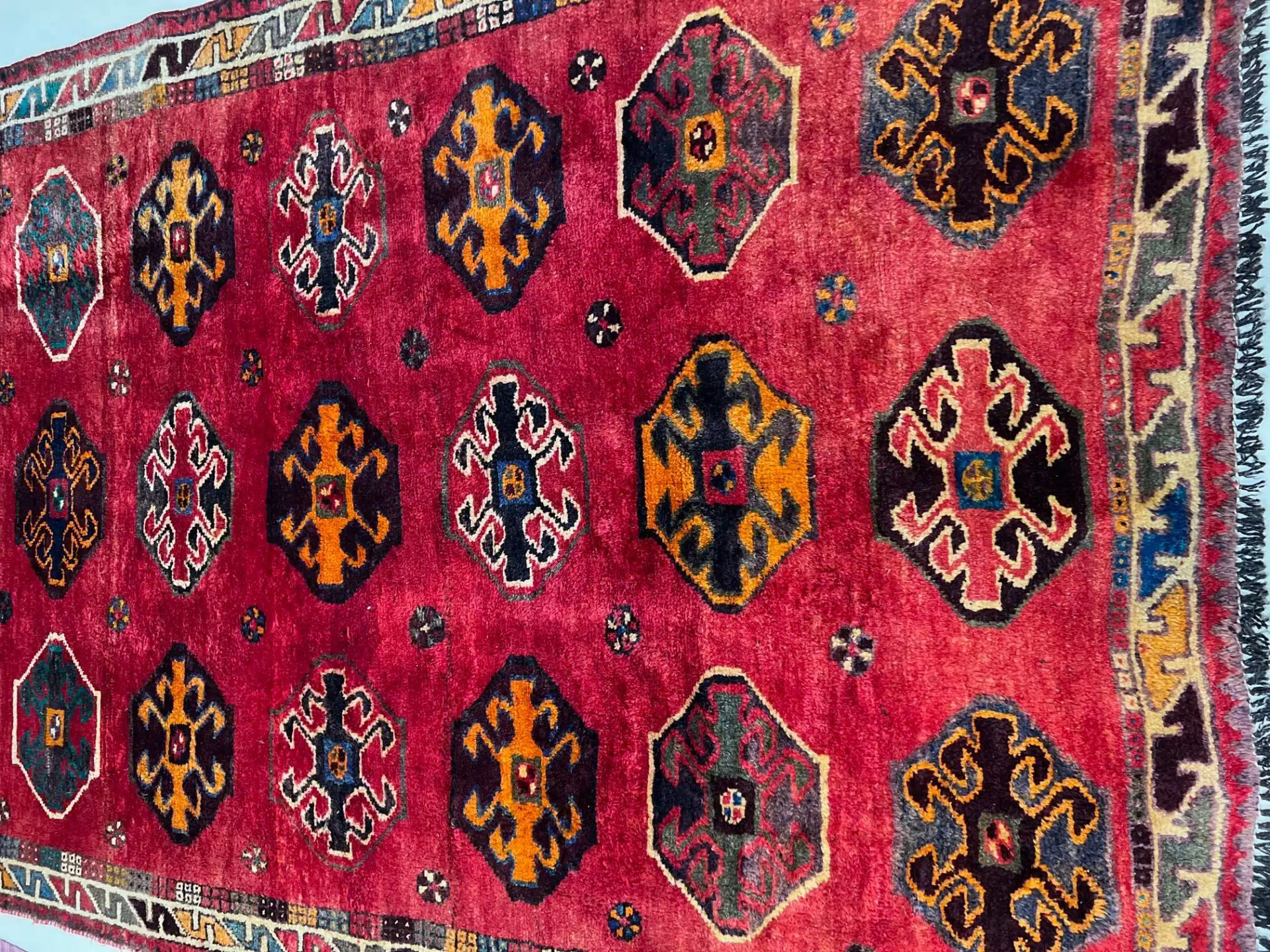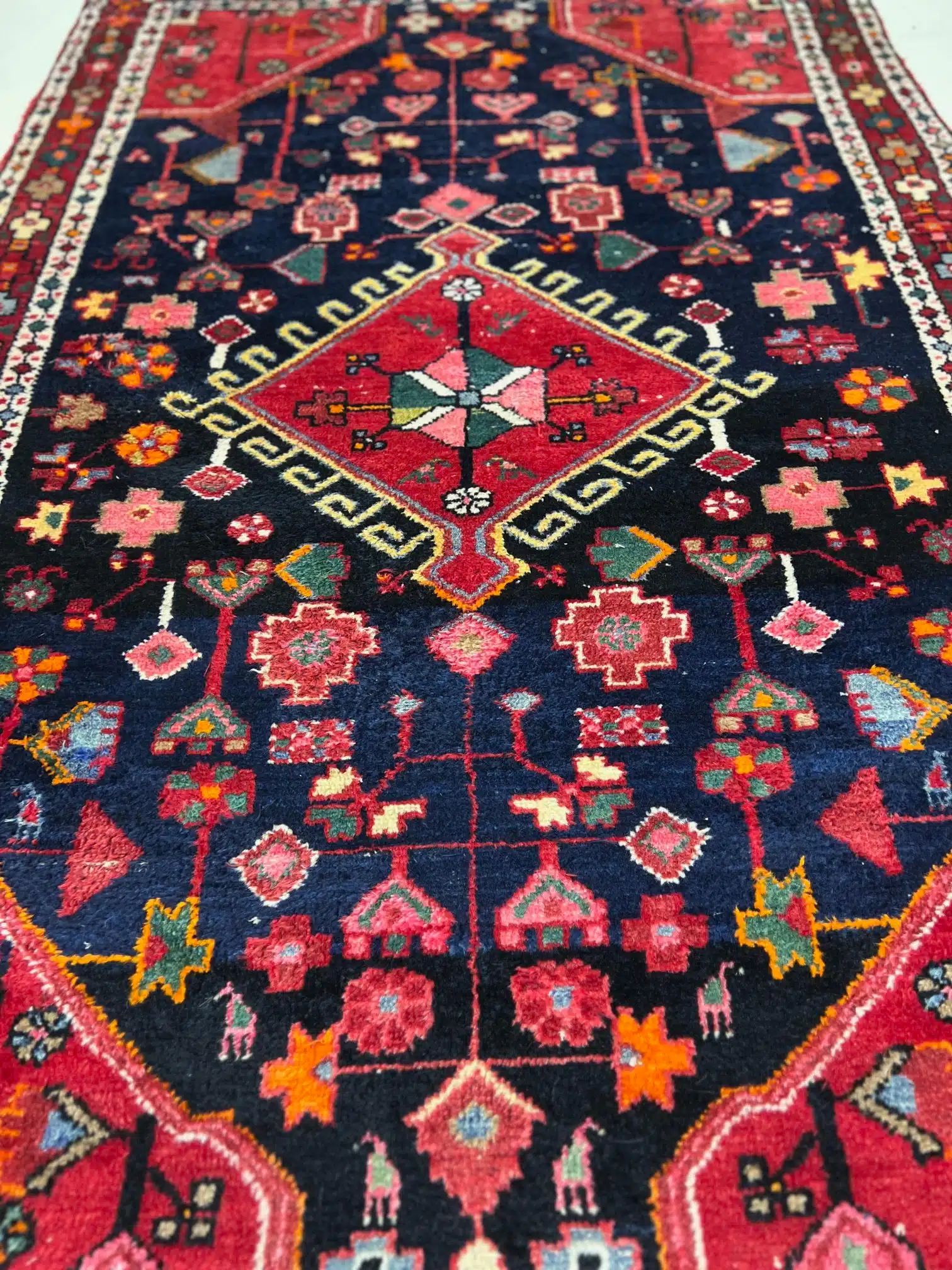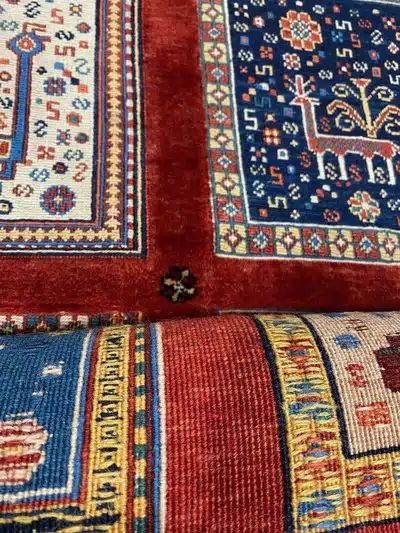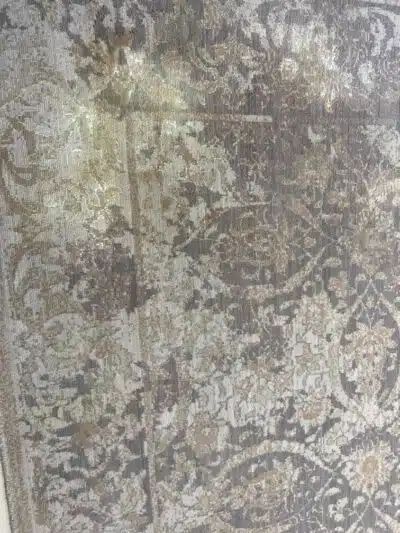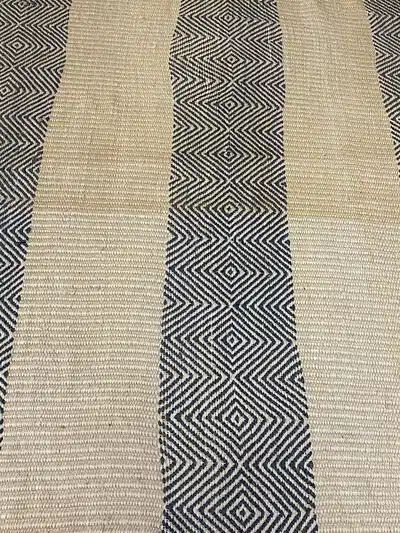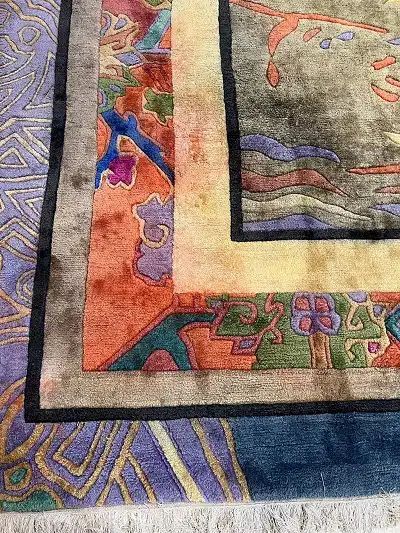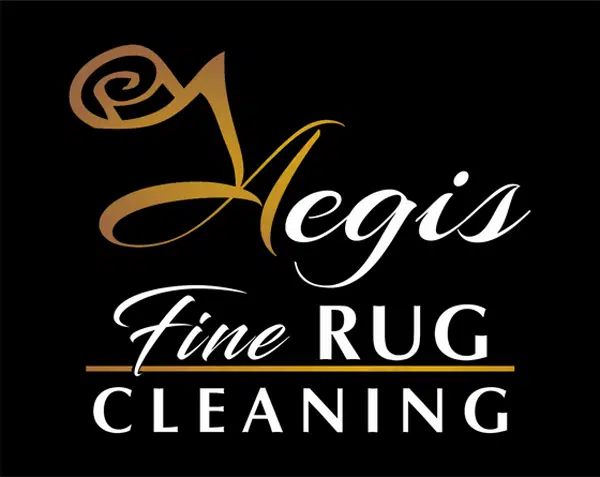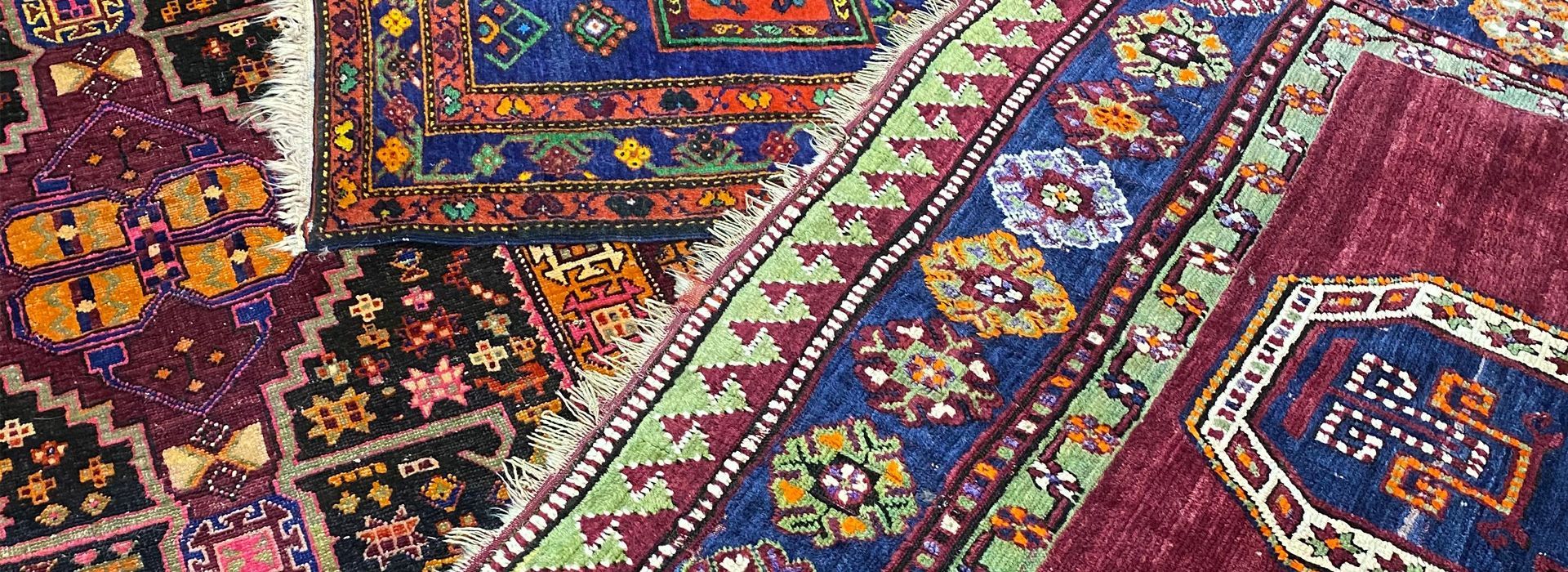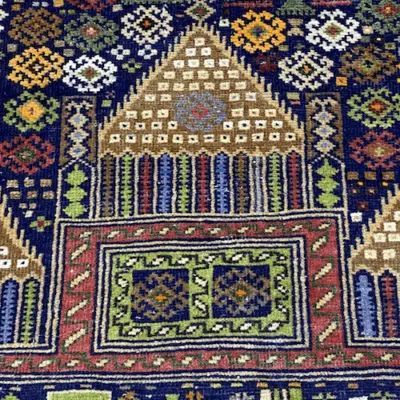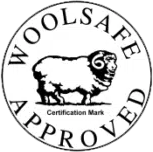Should You Buy A Bokara Rug For Your Home?
Beautifully Crafted Bokara Rugs
Hailing from Pakistan, Bokara rugs have become extremely sought after for their comfort, durability, and stunning designs. The hand-knotted rugs feature antique dyeing styles and can be found in homes from Houston to Hong Kong.
Bokara Rugs Are Made With Locally Sourced, High Quality Wool
Like many Persian rugs, Bokara rugs were originally made by nomadic tribes. However, their craft later settled in Pakistan and northern India. The name “Bokara” actually comes from the town of Bokara in Turkestan, which was an important trade center and not where the rugs were actually made.
While some Oriental rugs feature cotton foundations, Bokaras have wool foundations just like the rest of the rug. The wool used is locally sourced and extremely high in quality, helping to give the rugs the richness their name has become synonymous with.
Each Bokara is woven from scratch by hand using Persian knots. As such, a single rug can take up to six months to complete.
Bokara Rugs Are Known For Their Unique Designs
Bokara rugs are woven with a variety of colors and patterns. While a common design feature of a Bokara is “the elephant’s foot,” other types of Bokara rugs showcase floral or octagonal patterns, rhombus medallions, zigzag patterns, and other wonderfully executed design elements.
Bokaras from India and Pakistan tend to possess various tones of burgundy, gold, orange, tan, green, and shades of blue. Like most fine Persian rugs, the dyes are naturally sourced from tree bark and other local products.
Due to the popularity of Bokara rugs, they are continuously crafted and always available in a variety of sizes. From small runners to large room size carpets, Bokaras can be found to accommodate any space.
The post Should You Buy A Bokara Rug For Your Home? appeared first on The Austin Rug Cleaner.
